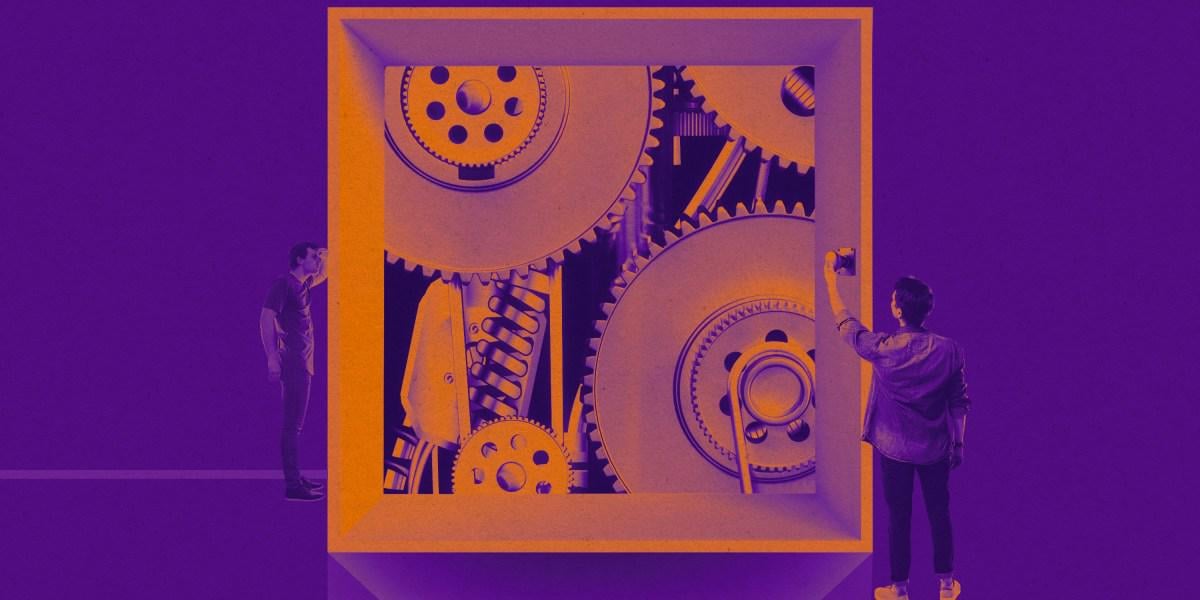
That’s a big deal, because today’s LLMs are black boxes: Nobody fully understands how they do what they do. Building a model that is more transparent sheds light on how LLMs work in general, helping researchers figure out why models hallucinate, why they go off the rails, and just how far we should trust them with critical tasks.
This is still early research. The new model, called a weight-sparse transformer, is far smaller and far less capable than top-tier mass-market models like the firm’s GPT-5, Anthropic’s Claude, and Google DeepMind’s Gemini. At most it’s as capable as GPT-1, a model that OpenAI developed back in 2018, says Leo Gao, a research scientist at OpenAI (though he and his colleagues haven’t done a direct comparison).
But the aim isn’t to compete with the best in class (at least, not yet). Instead, by looking at how this experimental model works, OpenAI hopes to learn about the hidden mechanisms inside those bigger and better versions of the technology.
